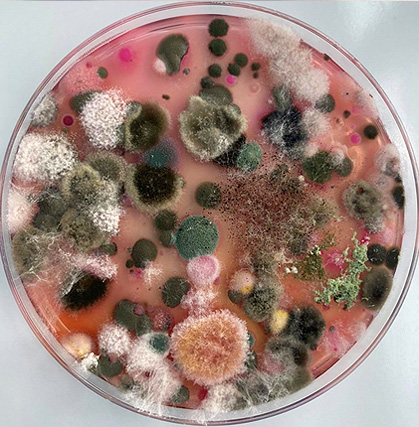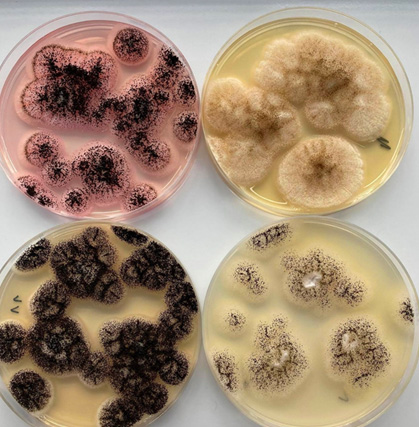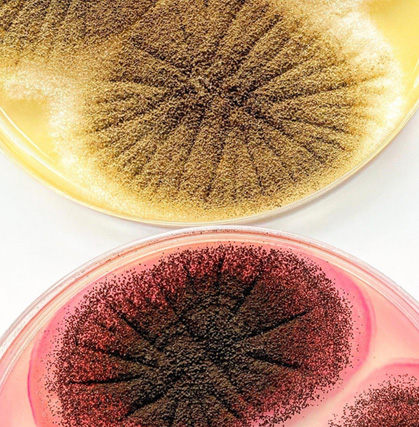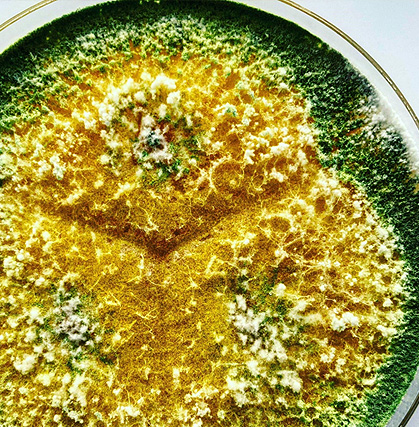Misją Instytutu jest dzialalność naukowo-badawcza prowadząca do nowych rozwiązań technicznych i organizacyjnych użytecznych w kształtowaniu warunków pracy zgodnych z zasadami bezpieczeństwa pracy i ergonomii oraz ustalanie podstaw naukowych do właściwego ukierunkowywania polityki społeczno-ekonomicznej państwa w tym zakresie.
Knowledge base search
Culturing bacteria and fungi on microbiological media is considered the gold standard in diagnostics. Culture media are used to detect and identify microorganisms, as well as to multiply them in vitro. The media can be liquid (without the addition of a solidifying or gelling agent) or solid, containing 1-2% agar. There are many microbiological media that are dedicated to specific groups of bacteria (selective and differential media), and also intended for specific clinical materials. For example, chromogenic substrates simplify and accelerate the process of bacterial identification due to the formation of colored hydrolysis products - characteristic of certain groups of bacteria.
Microbiological diagnostics consists of several stages:
- Initial examination - observation of the microscopic preparation of a live/fixed specimen.
- Basic research - observation of the growth of microorganisms on microbial substrates - analysis of colony morphological features (size, color, shape, surface, consistency), physiological classification (aerobic, anaerobic), biochemical tests (API test) and Gram staining (Gram-positive, Gram-negative).

Molds (sample taken from filter fabric) on dichloran chloramphenicol rose bengal (DRBC)

Aspergillus fumigatus (sample taken from filter fabric) on agar media

Aspergillus niger (sample taken from filter fabric) on agar media

Aspergillus niger (sample taken from filter fabric) on agar media

Trichoderma spp. (sample taken from filter fabric) on Sabouraud 4% Dextrose Agar


